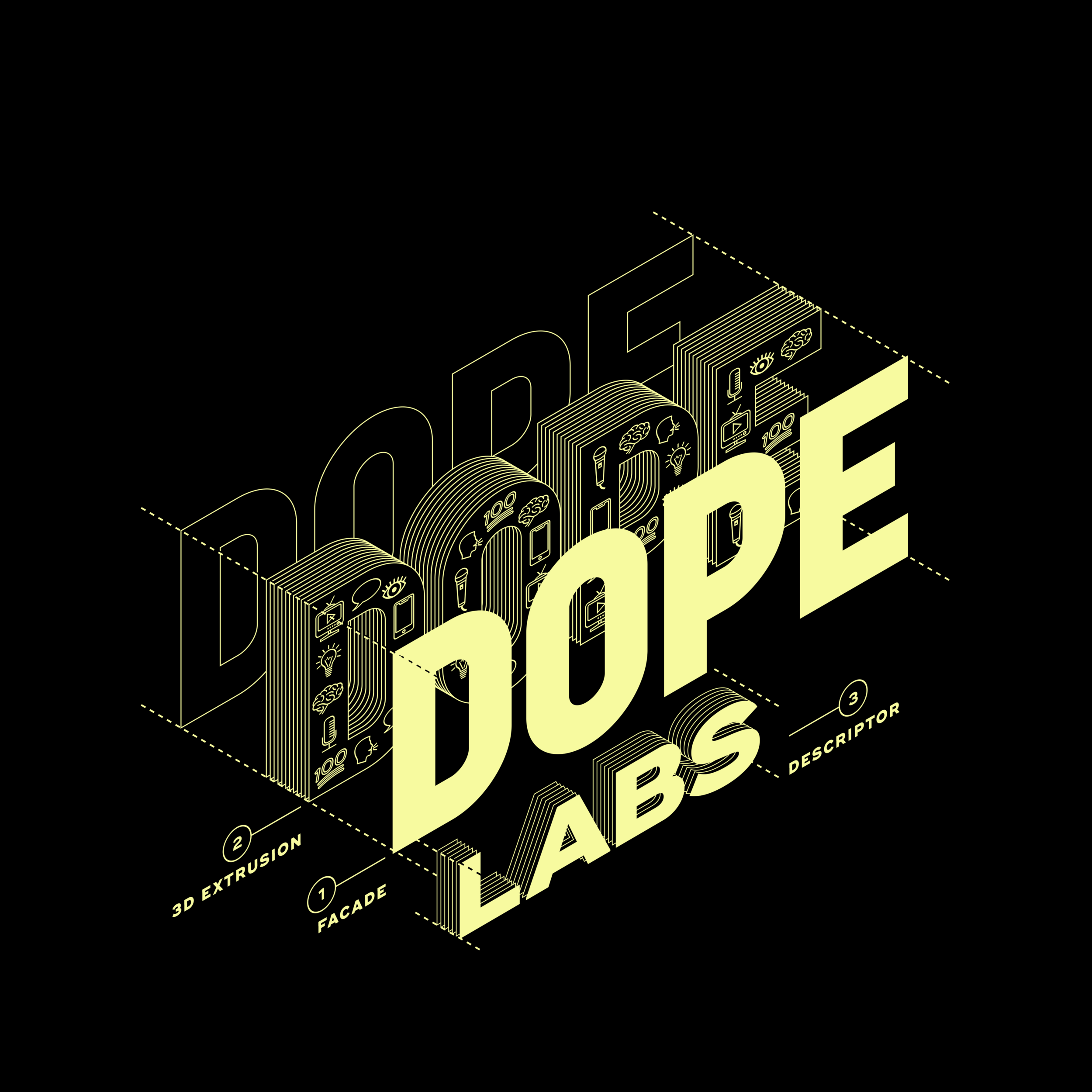Forever Chemicals: PFASs in Food Packaging - Lab 074
Forever Chemicals: PFAS in Food Packaging
About the Episode
This week we’re talking all about the chemicals found in food packaging and how they impact our bodies and the environment.
What we know and want to know
Chemicals are everywhere, but not all chemicals are created equal - what are PFAS?
What are the different categories of chemicals we should consider ?
How are those chemical affecting the environment?
Are there policies around the chemicals in food packaging?
How can we consume more responsibly?
Chemical Structure
PFAS classically stands for per- and polyfluoroalkyl substances. They are a large group of man-made chemicals and they’ve been used because they add durability to various products. For example, adding PFAS can make a product repel water, oil, or grease - you can imagine how that might be useful in various industries!
Justin told us that PFAS are any substance with a fluorinated methyl or methylene carbon in a chain of carbon atoms. So basically, if the carbon atoms in your chain are attached to a fluorine atom, you’re a PFAS. When we look closer, if all the carbons in a chain are attached to fluorine atoms (instead of to a hydrogen atom), then you’re fully fluorinated (per). If only some of the carbons in the chain have fluorine atoms attached, then you’re partially fluorinated (poly).
The fluorine atoms are green, and you can see they are on every carbon except for the final one in the chain. This means the carbon chain is fully fluorinated, a perfluoroalkyl substance. Image source: National Institute of Environmental Health Sciences.
Examples of products with PFAS
Firefighting foam - Aqueous Film Forming Foam (AFFF) specifically
Metal finishing - wetting agents, block corrosion
Textile mills - coating outdoor gear & clothing with heat & element resistance
Paper and Paperboard - coating paper and recycling of paper treated with PFAS
Why Should We Care about PFAS?
They are ubiquitous - basically everywhere: oceans, soil, our blood!
They’re now found in rainwater at levels higher than the EPA considers safe for drinking water. (Original study & short summary)
They don’t break down easily and they bioaccumulate, meaning they accumulate in an organism faster than they are excreted or break down.
We don’t have a really good scientific understanding of all the PFAS and their effects
Based on a 2016 study, “the major source of PFAS exposure in the general population is thought to be consumption of seafood”
But food, drinking water, air, and dust are also major exposures (Food Packaging Forum)
PFAS in Food Packaging
Dangerous PFAS Chemicals Are in Your Food Packaging from Consumer Reports
What’s after PFAS for paper food packaging? from Chemical & Engineering News
PFOA & PFOS were phased out in the United States over the past 15-20 years
In this lab, we mentioned how Hollywood picked up the story of PFA contamination in the water supply. The movie was Dark Waters featuring Mark Ruffalo, and you can check out the trailer below.
Guest Expert
Our expert for this episode is Justin Boucher, Operations Director at the Food Packaging Forum.
Homework
United States Environmental Protection Agency actions to address PFAS
PFASs portal on OECD (Organization of Economic Co-operation and Development)
How the Plastic Bag Became So Popular by Sarah Laskow
One Thing
Lomi - device for composting food scraps and biodegradable containers


